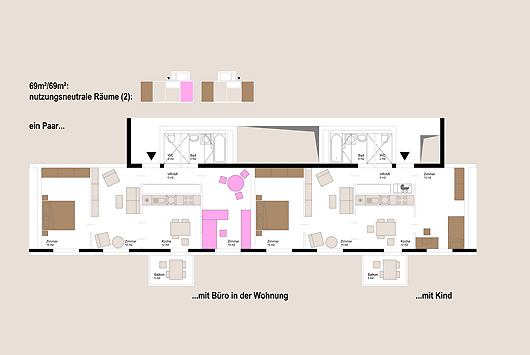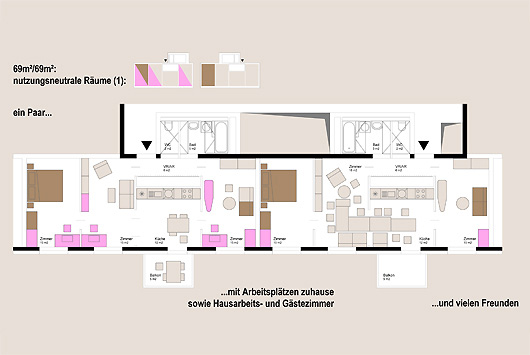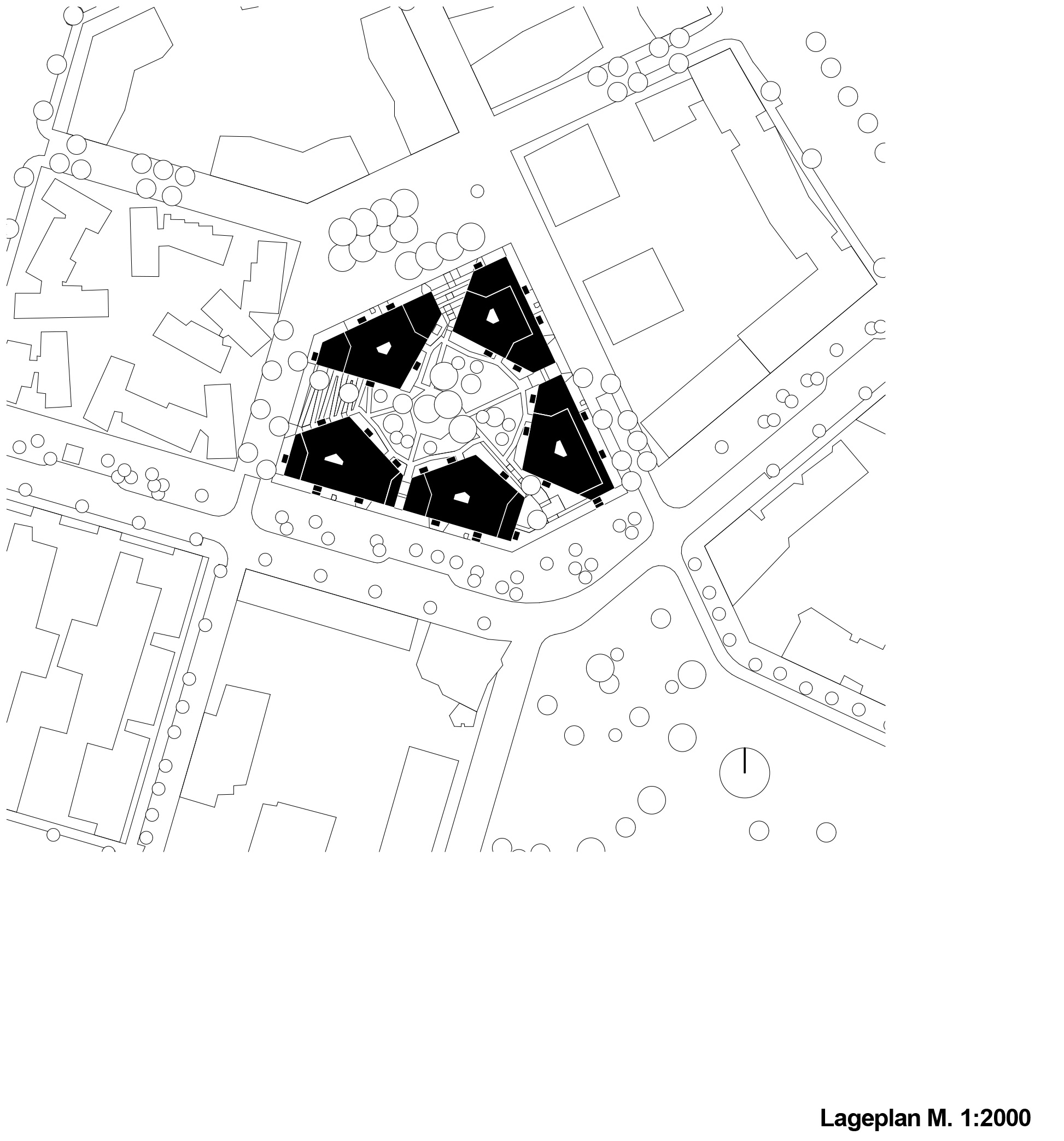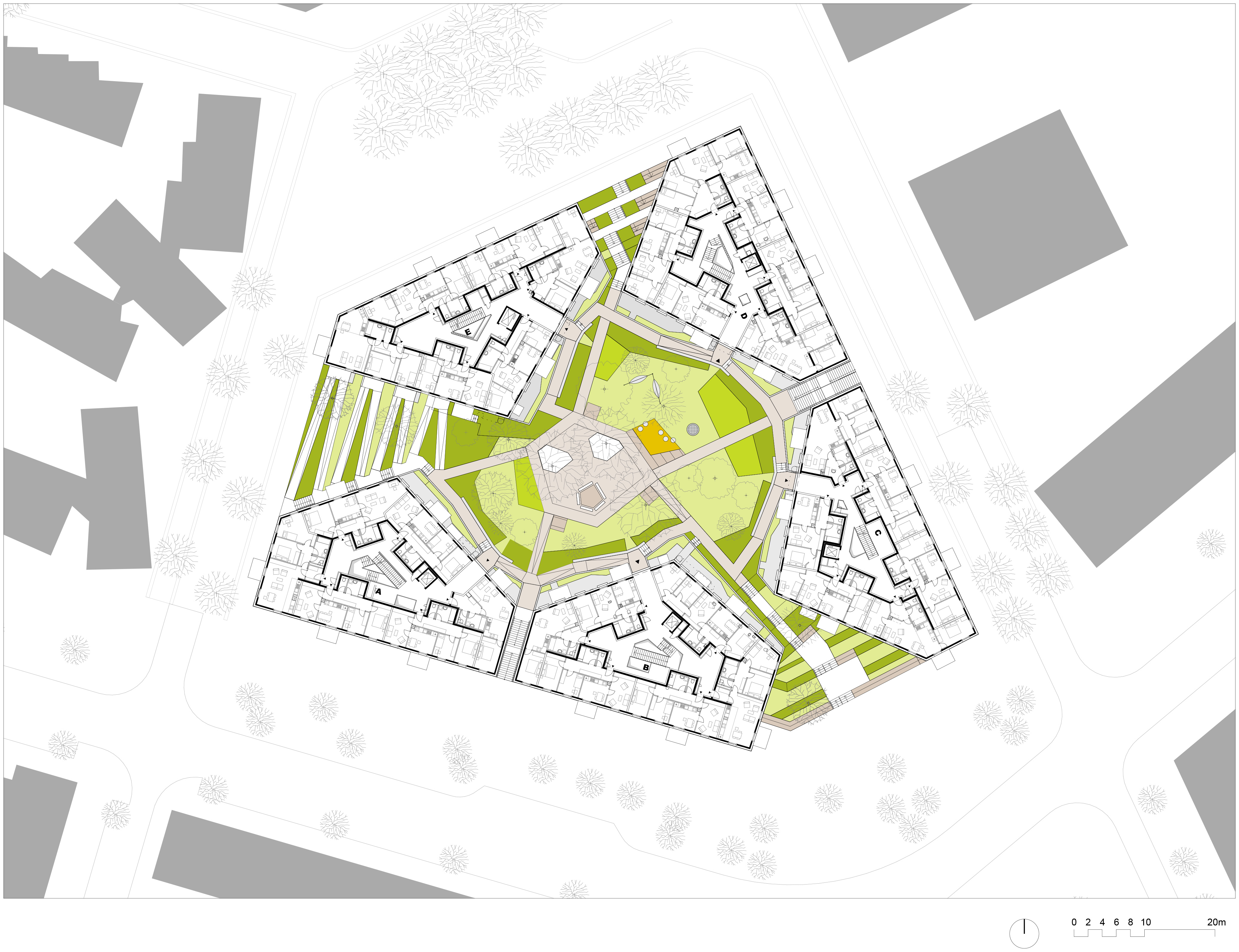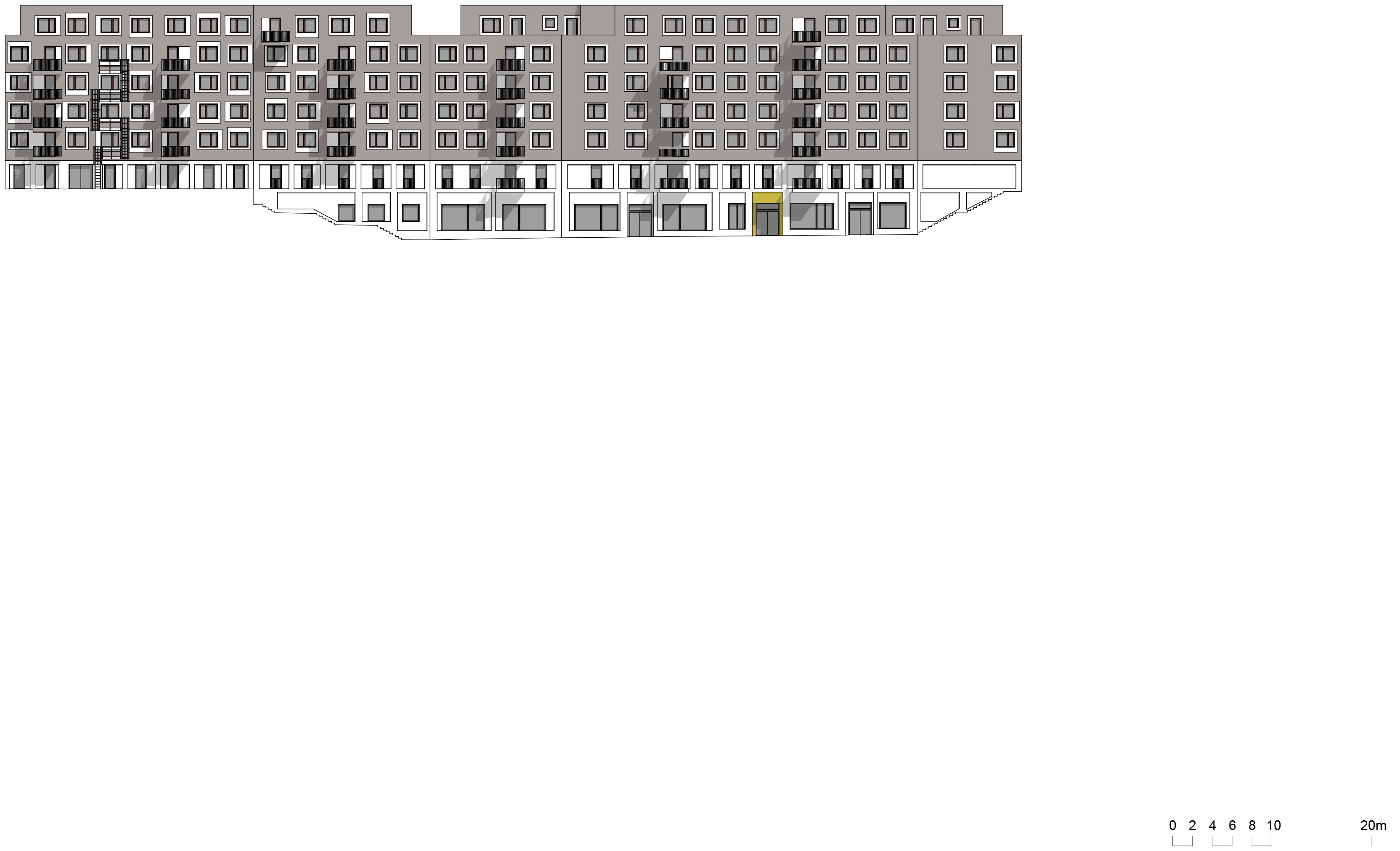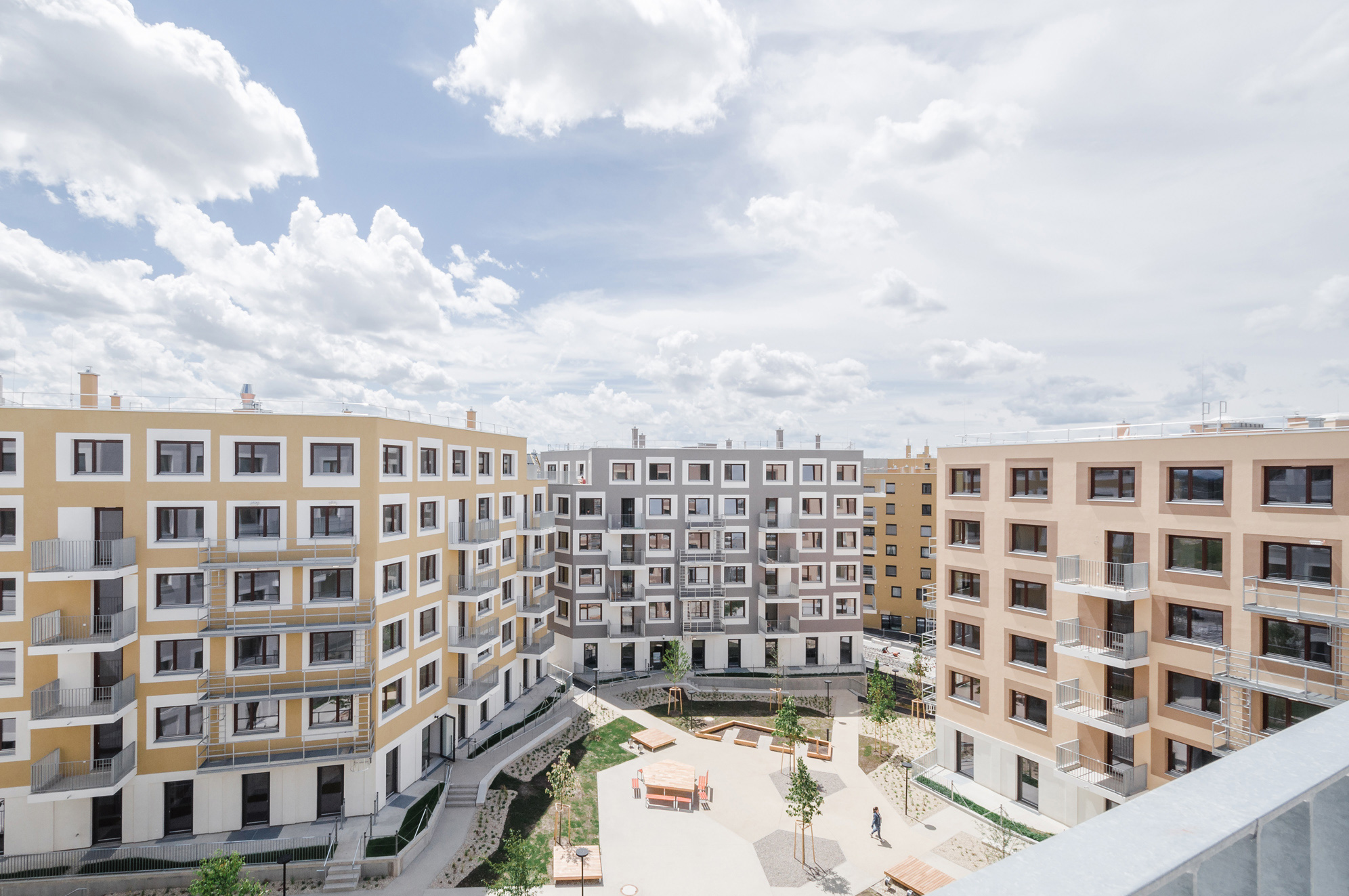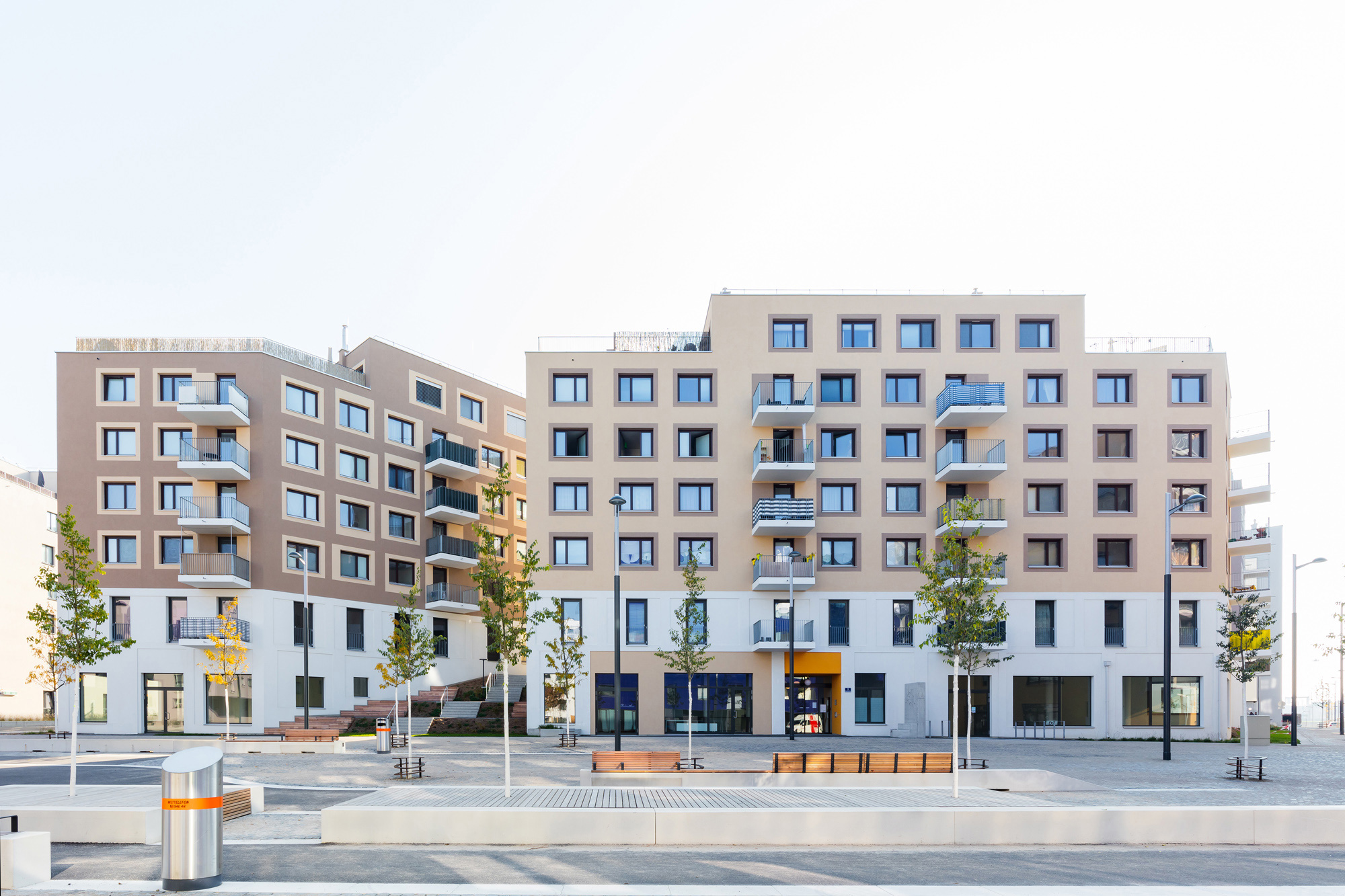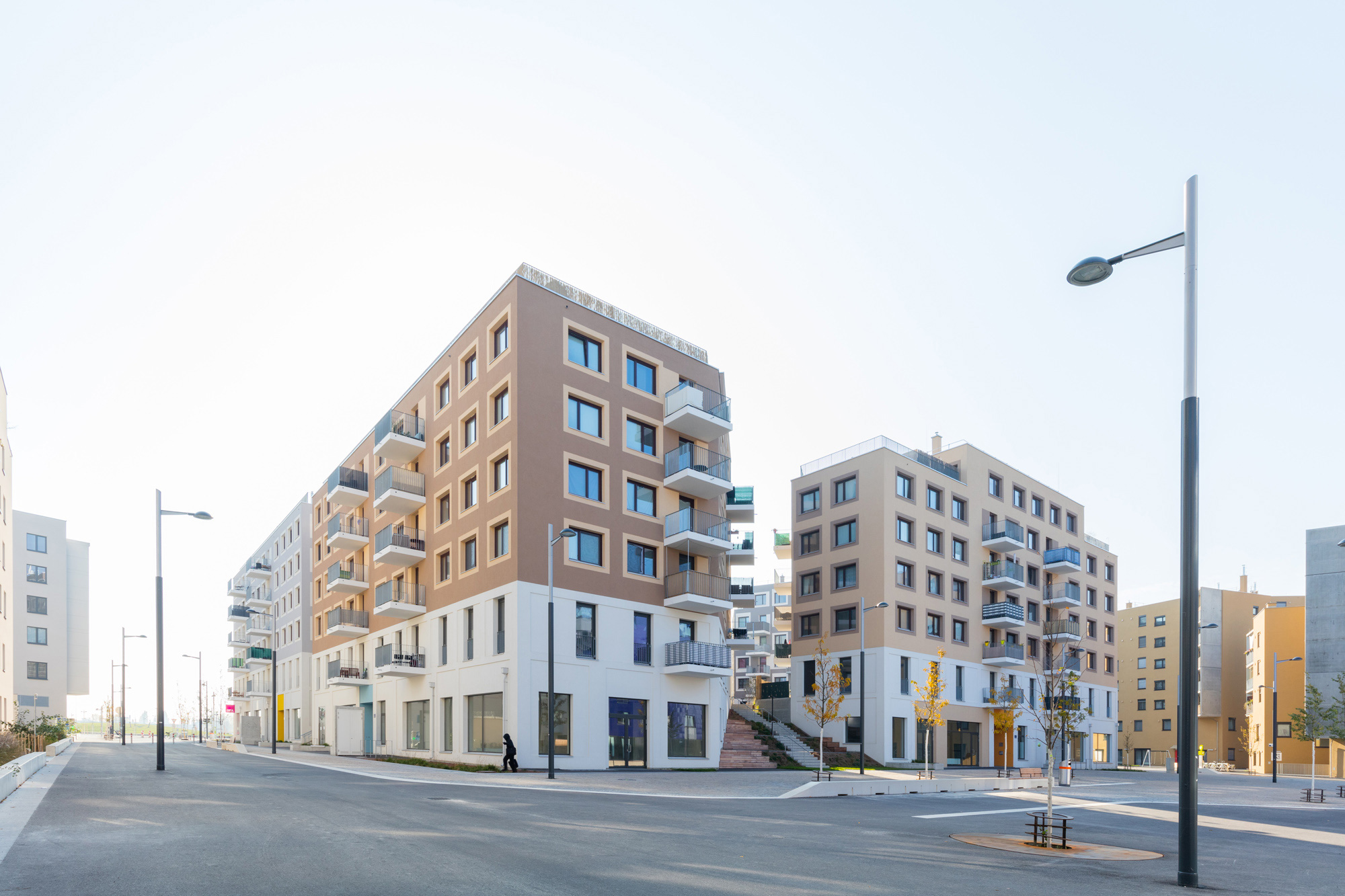NAME
Project title: Residential and Shopping Complex – Seestadt Aspern
Recommending party
The project has been submitted by: AllesWirdGut Architektur ZT Gmbh
LOCATION
Country: Austia
City: Vienna
Address: Maria-Tusch-Straße 13, 1220
AUTHOR
Designer or design team architects: Working community: AllesWirdGut & Delta

